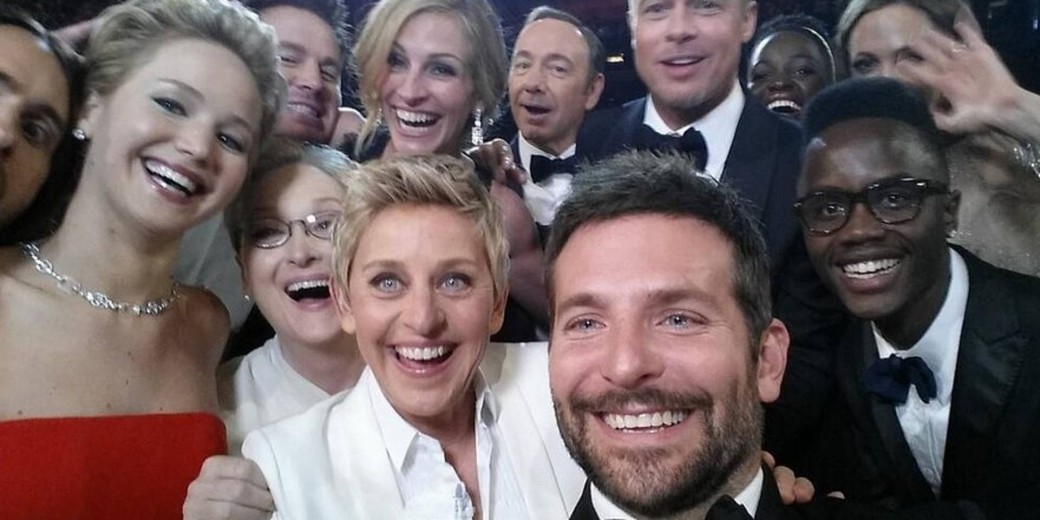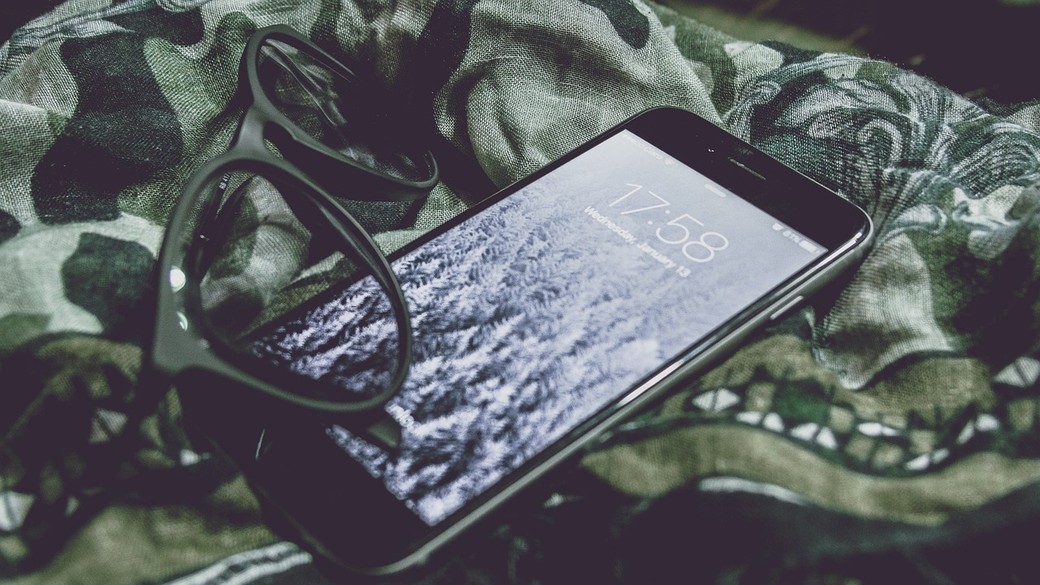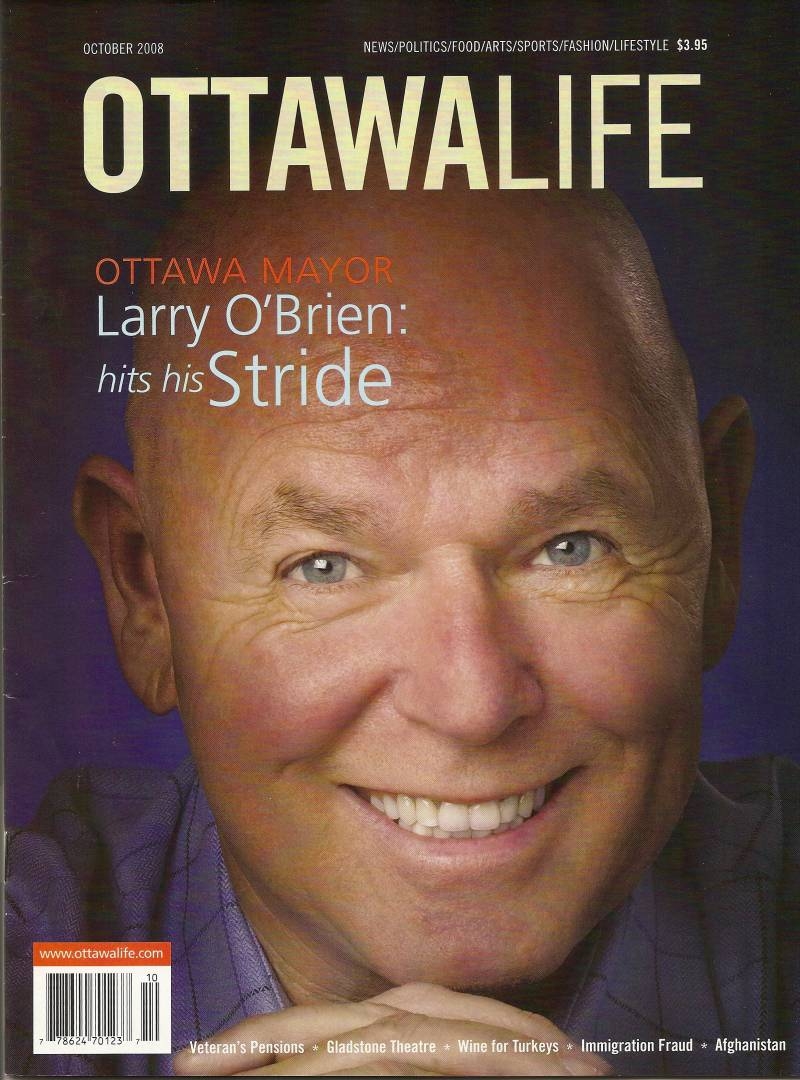
Being Your Selfie
Narcissist, self-obsessed and egocentric.
These are some of the terms used to describe a generation constantly plugged in, constantly posting, constantly sharing, tweeting and, most narcissistic of all, taking selfies.
For some, the prevalence of selfies is a sign of moral decline.
Lauren McCarthy, a columnist for Michigan Daily, argues taking a selfie is about “recording simply [one’s] own appearance and perpetually living out of touch with [one’s] surroundings.” She suggests our society is “enthralled with technology” and is ignoring all of the mental health issues these new technologies inflict on, particularly, young people.
What’s more, McCarthy might not be wrong.
 According to a recent study by psychiatrist Dr. David Veal, two out of three of the patients he treats for body image disorders frequently feel compelled to take selfies. This problem with selfies became particularly relevant recently when British teen, Danny Bowman, attempted suicide after a month long obsession with taking the ‘perfect selfie’ led him to take over 200 pictures each day.
According to a recent study by psychiatrist Dr. David Veal, two out of three of the patients he treats for body image disorders frequently feel compelled to take selfies. This problem with selfies became particularly relevant recently when British teen, Danny Bowman, attempted suicide after a month long obsession with taking the ‘perfect selfie’ led him to take over 200 pictures each day.
But is this the full picture?
Dr. Veal’s study is a little misleading since the information is derived only from people who already have a body image disorder. It does not actually reflect the general population. The only conclusion to realistically draw from it is two out of three people who already have some sort of disorder express their disorders with selfies.
McCarthy’s views might be harder to contradict though.
According to Techinfographic.com, over 1 million selfies are taken each day. That’s almost 700 selfies a minute.
That’s definitely a lot of selfies and McCarthy is probably right when saying we are pretty enthralled by modern technology—but it’s not so clear that this is a bad thing.
For many, the selfie isn’t at all at odds with how human beings have expressed themselves for centuries. From the very earliest cave paintings to the portraiture and self-portraiture of the Renaissance, representing the human form—and even one’s self—has been a mainstay of human culture.
Of course, there have also been many cultures which abhor the representation of the human form, seeing it as either distracting or alienating. Islam is the religion most well-known for its prohibition of the representation of people in art, but even Hinduism, known for its sumptuous statuary and figural representation, has had sects which prohibit it.
But who cares? Isn’t the selfie something different altogether? Isn’t it really about insecurity and self-obsession?
More than that, isn’t there so much more going into the production of Rembrandt’s self-portrait than the instant gratification we get from taking a picture with our phones?
Let’s think about Danny Bowman’s 200 selfie per day obsession again.
Though dangerous, his obsession certainly looks like the kind of obsession we have praised in painters like Van Gogh. I’m not saying he is a Van Gogh, but it is worth recognizing context is everything. I do not think anyone would argue Van Gogh was all that balanced, but we do recognize his greatness as an artist.
Why is that? Because looking at h is work makes us feel something. Something pretty powerful.
is work makes us feel something. Something pretty powerful.
More often than not we tend to see selfies as a prevalent but fairly meaningless kind of photograph. Yet, the reactions some selfies have generated show us there is much more going on.
At the memorial service for Nelson Mandela, Barack Obama was criticized for taking a selfie with the Danish and British prime ministers. It was seen as a sign of disrespect for the deceased, South African, anti-apartheid revolutionary.
Yet, Ellen DeGeneres’ Oscars selfie generated such joy among fans that its popularity is estimated to have made the photo worth as much as one billion dollars USD.
In politics again, Queen Elizabeth’s recent ‘photobomb’ of a selfie taken by two Australian athletes at the Commonwealth games prompted one commentator to praise the queen’s sense of humour, also mentioning the recent increase in her popularity.
Selfies clearly mean something and they certainly make us feel something. For leaders and public figures, selfies can convey a sense of informality which, in turn, can serve to humanize them.
Interestingly, in Obama’s case, the solemnity of the moment might have demanded more than what a selfie has to offer. A selfie at a memorial service does not convey the proper degree of formality we expect on these types of occasions and taking a selfie in that context made him seem disconnected.
Of course we are not all presidents, queens or Hollywood actors, but we still tell the world about ourselves through selfies. We might sometimes be saying we are self-obsessed but, as Dr. Pamela Rutledge suggests, at their core selfies are a means of expressing ourselves.
The ease with which the average selfie is created means they seem less precious than a self-portrait in paint, but that does not mean selfies could not or have  not captured something about their creators.
not captured something about their creators.
It just means it is easier.
What’s more, selfies have shown themselves to be involved in politics and public life on a scale that earlier portraiture could only dream of.
While there have been and probably always will be defenders or detractors of any kind of portraiture, it is important to keep in mind selfies aren’t something wholly new. Selfies are only the most recent iteration of a need for self-expression running deep in human culture.
Whether taking a selfie or criticizing them, we tell the world more about who we are or who we want to be. Is it really a bad thing to have one more place to understand and express ourselves?
In certain cases, selfies can be a cry for help but in most places, they are like one more letter in the story that we tell the world about ourselves.













